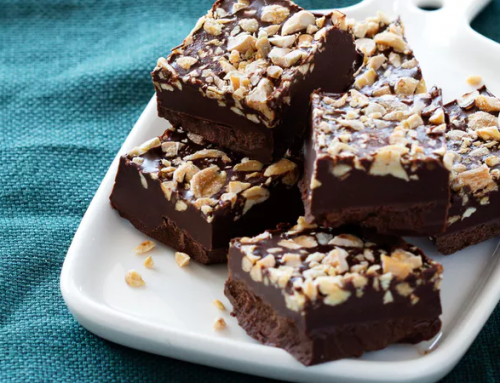
For those who like me who found themselves straddled with home schooling or lockdown blues which lead to less-than-optimal levels of movement and potentially more sitting than you would normally do, you need to set a solid foundation for your return to exercise, which will get you safely back into exercise.
Please, don’t be tempted to jump straight back into the exact same loads and intensity as to where you left off, no matter how experienced you are, it is a recipe for injury. You may even feel a little stronger as you have let your body and muscles recover longer than you usually would, but this does not mean you add more load than you were doing before, if you think strategically you may reap some gains from this forced rest and make gains quicker.
- We always encourage a targeted warm up, focus this on mobility and activation for key muscle groups. If not sure about these, please ask our trainers, as we believe these are important ant any time for the best results, they do not need to drawn out.
- Drop your weights 20% t0 50% for your first session back and make sure all foundations are solid and with at least 48 hours between sessions on that body part.
- Its not the time to go to failure, 10/10, see how you go for your first or second session at 6-7 out of 10.
- Sleep, sleep, you may have been sitting up a little later to get your own quiet time when your partner or kids have gone to bed, but when you are exercising and getting fitter and healthier you must factor this in, as sleep is the best and most underrated recovery tool for mind and body known to man.
- HIIT, if you have not been doing plyometric movements over the last few weeks, regress slightly from where you were to ensure all joints and muscles are working as they should, then once all feels good you are good to go. Listen and feel your body and take 48hrs rest between plyometric loading sessions.
- If you feel there is a niggle talk to your trainer and we can check you are releasing and strengthening the required muscles to support your chosen exercises. Or if you are in pain we refer to TrueCare Physio and Dan Wigney’s Osteo clinic which offers osteopathic services and massage to ensure you get back to the gym as soon as you can.
Check out one of my favourite recipes for winter, high protein, nice carbs and low fat, yum for a cold night in.

SIMPLE CHICKEN CURRY WITH SAFFRON RICE WHAT YOU NEED
Serves: 4 Prep: 10-15 mins Cook: 30-45 mins
Nutrition per serving: 531 kcal 22g Fats 47g Carbs 36g Protein GF HP DF
For the chicken: • 8 skinless chicken thighs fillets
• 1 tbsp. oil
• 1 large onion, diced
• 1 tbsp. ginger, minced
• 5 cloves garlic, minced
• ½ tsp. black pepper
• 3 large tomatoes, chopped • 1 ½ tsp. turmeric
For the rice: • ¼ cup (60ml) boiling water • pinch saffron threads (roughly ⅛ tsp.) • 1 cup (225g) basmati rice • 1 tsp. coconut oil • ½ tsp. onion powder • ¼ tsp. salt • 1 ¾ cup vegetable stock
WHAT YOU NEED TO DO Season the thighs with salt and pepper. Heat the oil in the pan. Fry the thighs on both sides until golden brown. Remove from the pan and set aside. In the same pan sauté the diced onion, garlic and ginger for 3-4 minutes, often stirring — season with pepper and turmeric. Then add chopped tomatoes, and ¼ cup of water, season with salt and bring to a boil. Place the chicken thighs in the simmering sauce, then cover with the lid and cook for about 30-45 minutes or until the meat is tender. In the meantime, cook the rice. Combine saffron threads and boiling water and allow to ‘brew’ for at least 5 minutes.
In a medium pot, combine saffron and the water with the rice and all other ingredients. Cover and bring to a boil, then reduce heat and simmer for 15 minutes. Remove from heat, let it sit and covered for another 10 minutes before serving.
Serve 2 chicken thighs along with sauce and a serving of saffron rice.
Tip: rice can also be prepared in a rice cooker, prep the saffron as above and then follow rice cooker instructions.






